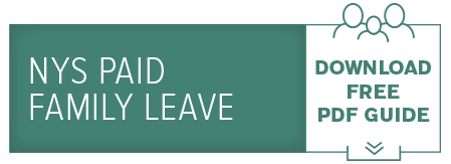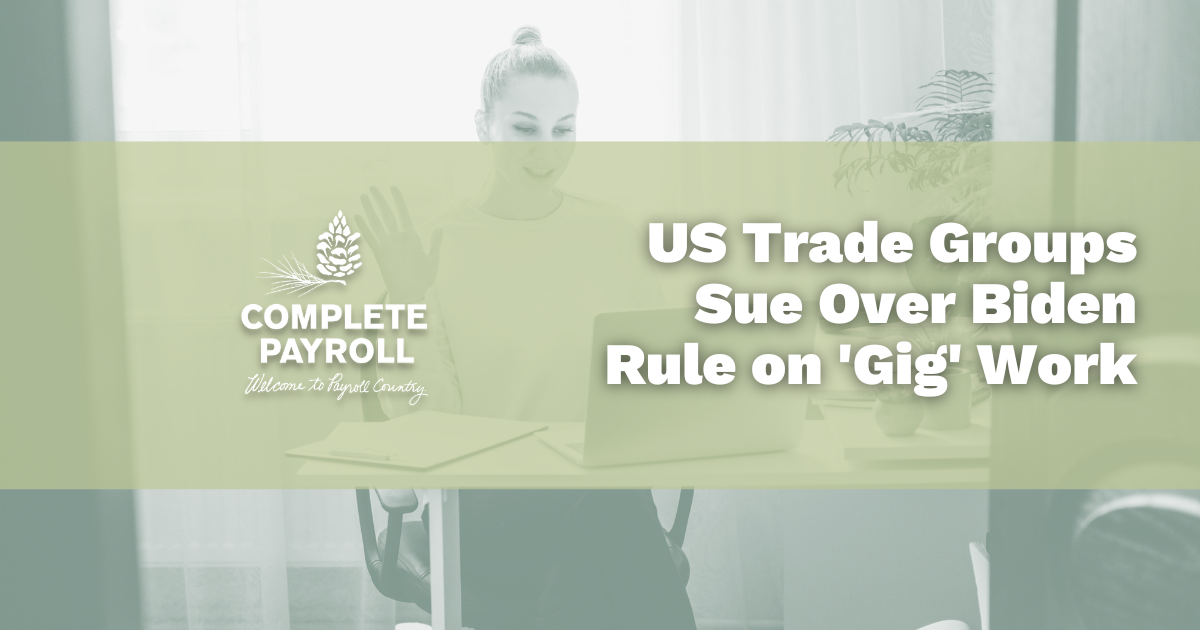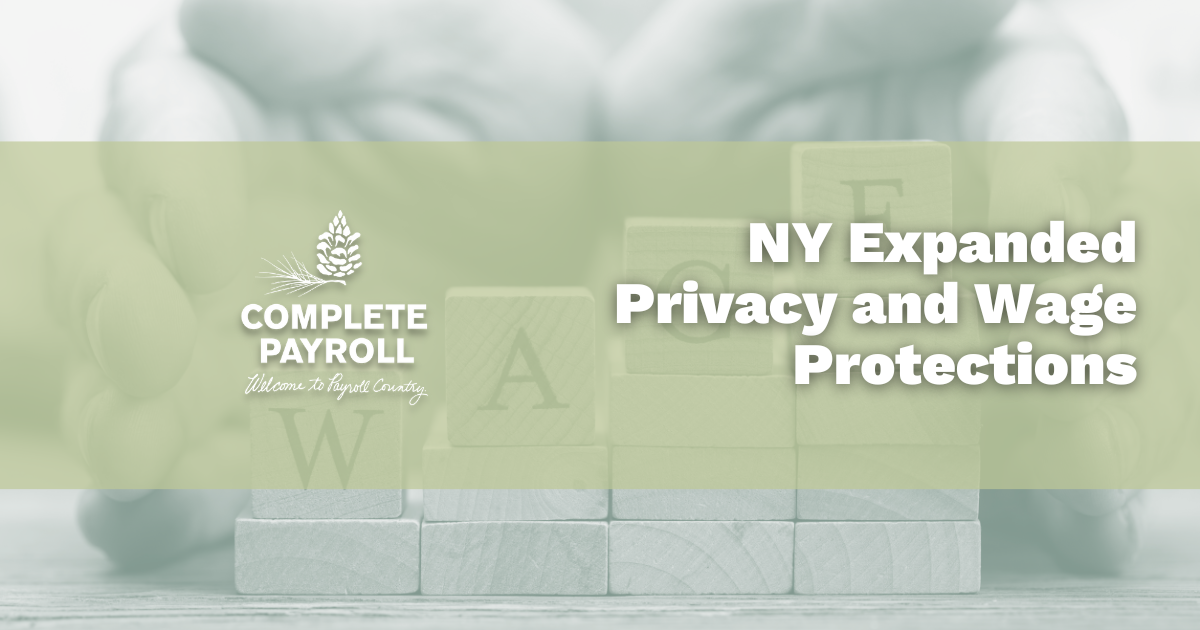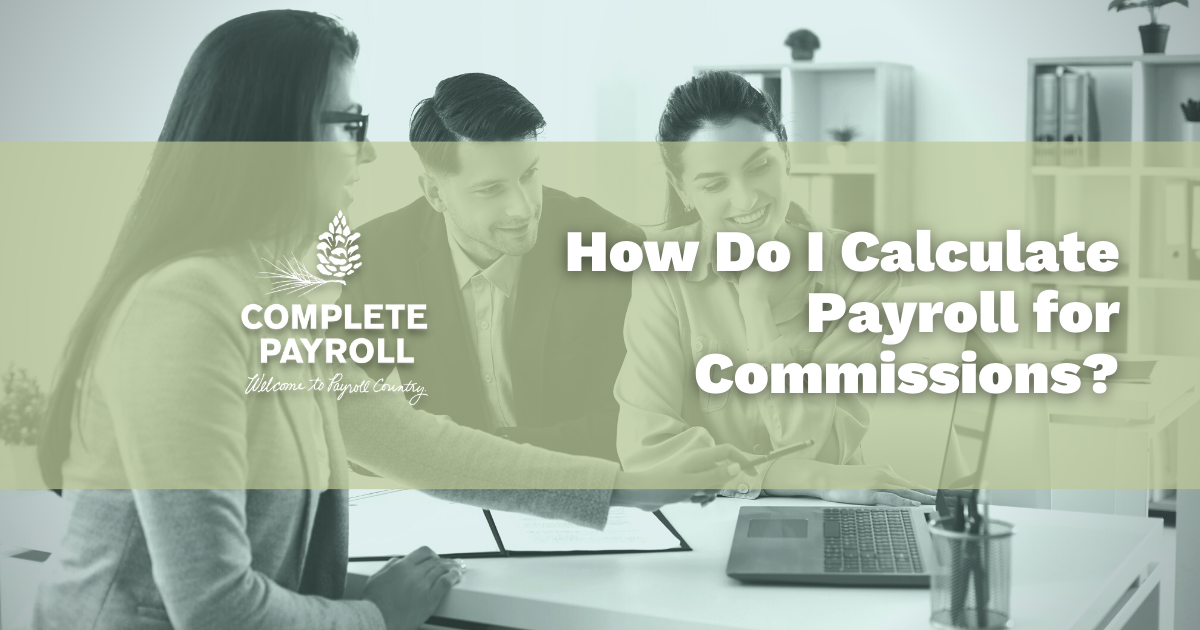The Difference Between NY FMLA and Paid Family Leave?

Written by Complete Payroll

There are many similarities between the Family Medical Leave Act (FMLA) on the federal level and New York's newly-introduced Paid Family Leave program. So it's understandable why many people confuse the two - especially since Paid Family Leave in New York hasn't been implemented yet.
Fortunately, we're here to set the record straight by providing general overviews of each of the two (separate) programs, so you can understand for certain the similarity and the difference between FMLA and Paid Family Leave.
Family and Medical Leave Act (FMLA)
The FMLA provides certain employees with up to 12 weeks of unpaid, job-protected (meaning they can't get fired for taking it) leave per year. It also mandates that any group health benefits they have be maintained through the leave.
FMLA states that employers must provide an eligible employee with up to 12 weeks of unpaid leave each year for any of the following reasons:
- for the birth and care of the newborn child of an employee;
- for placement with the employee of a child for adoption or foster care;
- to care for an immediate family member (spouse, child, or parent) with a serious health condition; or
- to take medical leave when the employee is unable to work because of a serious health condition.
FMLA applies to all public agencies, all public and private elementary and secondary schools, and companies with 50 or more employees.
Employees are eligible for leave if
- they have worked for their employer at least 12 months,
- at least 1,250 hours over the past 12 months, and...
- work at a location where the company employs 50 or more employees within 75 miles.
Time taken off work due to pregnancy complications can be counted against the 12 weeks of family and medical leave.
New York's Paid Family Leave
Paid Family Leave in New York is similar to FMLA in many ways, but it's not the same program and should be treated differently.
How NY Paid Family Leave is similar to FMLA
- It provides qualifying employees with job-protected leave every year.
- Qualifications for leave include caring for a newborn child or an immediate family member with a serious health condition.
- Employees need to work for their employer for a certain amount of time before they can become eligible for leave.
How it's different
First (and hopefully this is obvious), it's paid. FMLA provides employees with unpaid leave. New York's Paid Family Leave begins on January 1, 2018 by offering qualifying employees 8 weeks of leave paid at 50% of their average weekly wage, not to exceed 50% of the statewide average weekly wage.
The table below shows the implementation timeline and how it corresponds with the increases in leave and benefits...
| Effective date | Weeks available | Max % of employee's average weekly wage | Cap % of state average weekly wage |
| January 1, 2018 | 8 | 50% | 50% |
| January 1, 2019 | 10 | 55% | 55% |
| January 1, 2020 | 10 | 60% | 60% |
| January 1, 2021 | 12 | 67% | 67% |
In addition, virtually all employers in New York State will be forced to provide Paid Family Leave, unlike FMLA which exempts private employers with less than 50 employees. Any employer that has at least 1 employee for 30 days has 4 weeks to provide Paid Family Leave to its employee(s).
Learn more about NY Paid Family Leave and FMLA
- how employees become eligible for Paid Family Leave
- how the benefits are paid out
- and what the employer responsibilities (and liabilities) are...
... check out our free PDF Guide - Preparing for New York's Paid Family Leave.




















